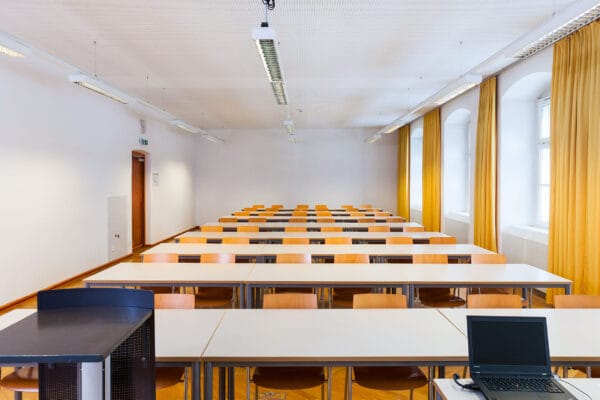
NAME:
Theologie – SR VI
BUILDING:
Theologie
FLOOR:
1
TYPE:
Seminar Room
CAPACITY:
48
ACCESS:
Only Participants
EQUIPMENT:
Beamer, PC, WLAN (Eduroam), Overhead, Flipchart, Blackboard, Handicapped Accessible, LAN, Speaker Desk
Mountain populations are increasingly confronted with multiple socio-economic and environmental challenges that put “Living Well” in the mountains in question. Within this context, recent local self-organised collective actions have emerged in many Alpine regions (Landel & Koop, 2018, Gros-Balthazard et al., 2024, Grison & Gros-Balthazard, 2024). Some of these can be described as “new mountain commons” (Gros-Balthazard et al., 2024). Commons are defined as a model of collective and ancestral resource governance, in which a community establishes its own rules for the access, use and management of a resource (Ostrom, 1990). Recently, new forms of collective management of multiple types of resources, known as “new commons” (Hess, 2008), have emerged. Examples of new mountain commons identified in Switzerland include participatory cafés and grocery stores, self-help groups for parents, mountain heritage restoration associations, ski-lift management organisations and cooperatives for local goods and services production (Gros-Balthazard et al., 2024). The ComMount* research project is studying several of these new mountain commons through various case studies located in the Swiss Alps. Can these collective initiatives of shared and participatory resource management be an answer to current mountain challenges, helping mountain people to live well? The analysis of initiatives in the village of Mase (Angiolini, 2025) seems to show that it is the case: citizen mobilisation has enabled a café/restaurant to re-open after the closure of the last two in the village, and a specially formed cooperative has saved the grocery store that was about to close. In the village of Fang, the reforming of an old institution, the Village Society, has revitalised village life, with members restoring ancient heritage such as the mill and oven and organising events, paths maintenance and village flowering. These initiatives recreate or maintain social ties and contribute to an improved quality of life in those mountain villages. The desire to contribute to “living well in the mountains” is often a conscious and explicit goal among the members of these communities.
*Mountain COMmons: questioning past and present Commons to address territorial development issues in MOUNTain areas (ComMount), Swiss National Science Foundation Project n°212414.
